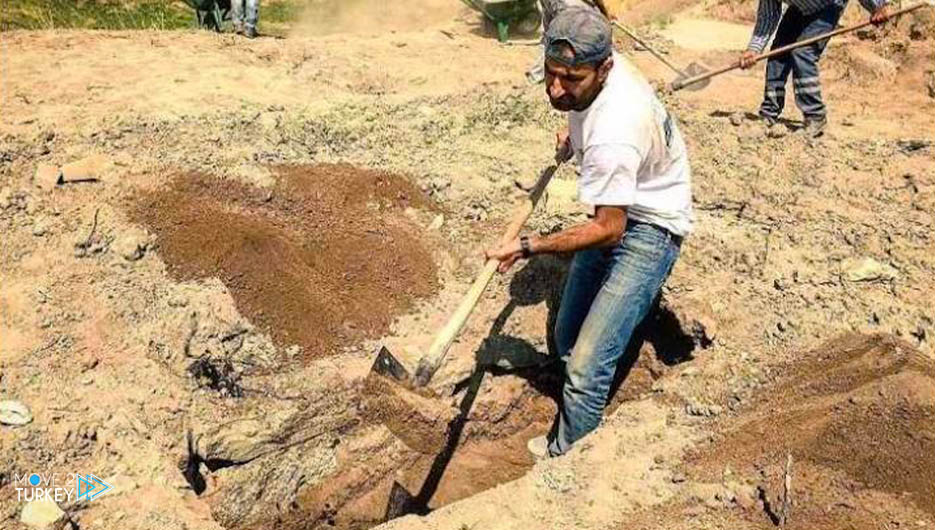
A Turkish archaeological team continues excavations and excavations to locate the Battle of Manzikert, which took place between the Byzantine Empire and the Seljuk Turks in 1071 AD near the town of Manzikert in the state of Mush, eastern Turkey, and opened the door for the Turks to settle in Anatolia.
-Advertisement-
During the excavations, the archaeological team was able to find equipment used in the battle, in addition to a group of graves of personalities who participated in the war.
Excavations began near the town of Manzikert in 2020 as part of a project to “locate the Battle of Manzikert and conduct a historical and archaeological survey.”
The project is being carried out with the support of the Ministry of Culture and Tourism and in cooperation with the General Directorate of Cultural Heritage and Museums, the Akhlad Museum, Alp Arslan University in the state of Mush and Sedki Kochman University in the state of Mugla (southwest).
-Advertisement-
Since the start of excavations in the area in 2020, the excavation team has found 336 arrows, spears and metal equipment that were used in wars during the Middle Ages.
It is believed that the plain of “Kizu Dozo” witnessed the confrontations of the Byzantine and Seljuk armies on August 26, 1071.
As part of the ambitious project, 30 academics from 10 universities are continuing to work to determine the actual area where the Battle of Manzikert took place.
In that battle, the army of the Sultan of the Seljuk Turks, Alp Arslan, managed to achieve one of the greatest victories in history against the Byzantine Empire, opening the gates of Anatolia to the stability of the Turkmen tribes.
-Advertisement-
The lecturer at the History Department of Sedki Kogman University in Mugla State, the scientific advisor to the excavation team, Professor Adnan Goyik, said that the team is conducting multidisciplinary studies to determine the site that witnessed the Battle of Manzikert.
Goek explained that last June, the excavation team conducted preliminary studies in a large Islamic cemetery that was classified in historical military maps as the cemetery of martyrs in the village of Afshin, about 7 kilometers southeast of the town of Manzikerd.
He said, “We are continuing to work to obtain more detailed information about the casualties that occurred in the war.”
-Advertisement-
He added, “In the excavations of Afshin cemeteries, we were able to identify 5 graves that contained smashed bones, showing the killing of their owners during the battle.”
He continued, “The anthropologists on the team continue to conduct studies on these bones.”
He added, “Carbon tests are conducted on these bones at Hacettepe University in Turkey and the laboratories of the Defense Industries Development Institute at the Scientific and Technological Research Foundation (TUBITAK).”
Professor Goyek said the archaeological team is working to understand the nature of the place where the battle that opened the door to Anatolia’s transformation into a Turkish homeland took place.
-Advertisement-
He added, “We are also trying to understand the historical identity of the town of Manzikerd, which witnessed the chapters of this war.”
He stated that the excavation and excavation team is tracing traces of military equipment in the “Kizu Dozo” plain area between Manzikerd and Jabal Subhan.
He continued, “In the laboratories, we examine the archaeological equipment that we found in the area, such as arrowheads, spears, and military helmets that were used 951 years ago.”
He explained, “The results of the tests confirmed to us that this decisive battle has already taken place in this region.”
He added, “So far, we have found 336 metal pieces, including 170 for arrowheads, spears and military helmets.”
-Advertisement-
And he added: “These tools date back to between the tenth and twelfth centuries AD, the period that witnessed the occurrence of the Battle of Manzikert.”































